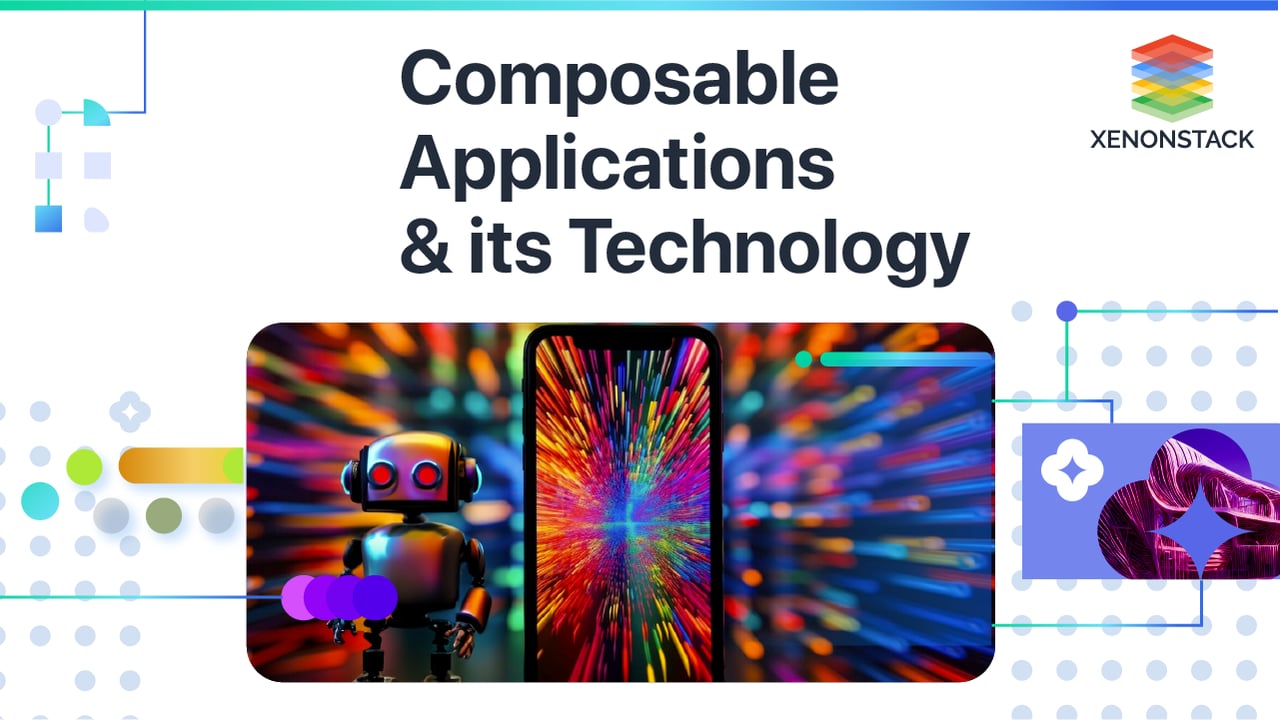
Key Examples of Technologies that Use Composable Architecture
-
Component-based UI platforms: From frameworks and libraries to whole platforms, developers have adopted composable architecture for their products. Swift, React, Flutter, VueJS, and other web and mobile development frameworks apply small and reusable components to create large and complex applications. This is helpful as it saves development time and effort, allowing more time to be spent on other feature development and optimization.
-
Functional programming Libraries: Functional programming languages like Lisp, Clojure, and Haskell are great examples of using key concepts of composable architecture. They emphasize building small reusable functions to build larger applications. Their libraries provide tools and abstractions for enhancing modularity and reusability.
-
Data Pipelines: Data pipelines have work divided into multiple stages or steps like
-
Data Sources provide data for aggregation, processing, and storing. Composable data sources support many different input formats and are flexible in configuration.
-
Data Transformations are tools for enriching, cleaning, filtering, and aggregating data for further steps. Following a composable architecture allows this stage to be flexible in receiving data from different sources.
-
Data Processing Algorithms are used for analyzing, modeling, or computing data collected. Composable algorithms encapsulate well-defined functionalities to avoid ambiguity and offer configurable parameters to adapt to different use cases.
-
Data Sinks are the endpoints where data is partitioned, compressed, encrypted, and then stored.
-
Reusable Libraries and frameworks like Apache Spark, Apache Flink, Apache Beam, Pandas, TensorFlow, PyTorch, Scikit-learn, Hadoop, Kafka, and RabbitMQ provide APIs to enable flexibility and reusability
4. Serverless computing: Cloud platforms like AWS, Azure, and GCP provide modular services that allow developers to compose small to large applications. These services are like AWS lambdas, Azure Functions and GCP cloud functions serving various purposes based on events in an event-driven application.
There are many other examples in today’s world where Composable architecture is used, such as low-code platforms, multi-cloud systems, and BI. One such example is composable business models, which are explained in the section below.
What are Composable Business Models?
-
A composable business model is designed to be modular and flexible. It allows a company to easily add or remove components as needed in response to changes in the market or the needs of its customers. This approach to business model design promotes agility and adaptability, allowing a company to respond quickly to changes in its industry or target market by adding or removing components of its business model as needed.
-
One key feature of a composable business model is modular components that can be easily combined or separated as needed. These include products or services, distribution channels, pricing models, and customer segments. By breaking its business model into smaller, independent components, a company can more easily adapt to changing market conditions and customer needs.
-
Another critical aspect of a composable business model is flexible, interoperable technologies and platforms that enable the company to quickly and easily add or remove components as needed. This can include APIs, microservices, and other tools that allow the company to integrate new components into its business model quickly. Overall, a composable business model is designed to be agile, adaptable, and responsive to change, allowing a company to quickly and easily adapt to changing market conditions and customer needs.
Conclusion
Composable applications play a significant role in shaping how we use and interact with technology. Allowing developers to build new applications by combining and configuring smaller, independent components can help reduce development time and cost and make it easier to maintain and evolve the system over time.
- Click to learn about Composable Data and Analytics Framework
- Explore our Composable and Modern Data Catalog Solutions
.webp?width=1921&height=622&name=usecase-banner%20(1).webp)




